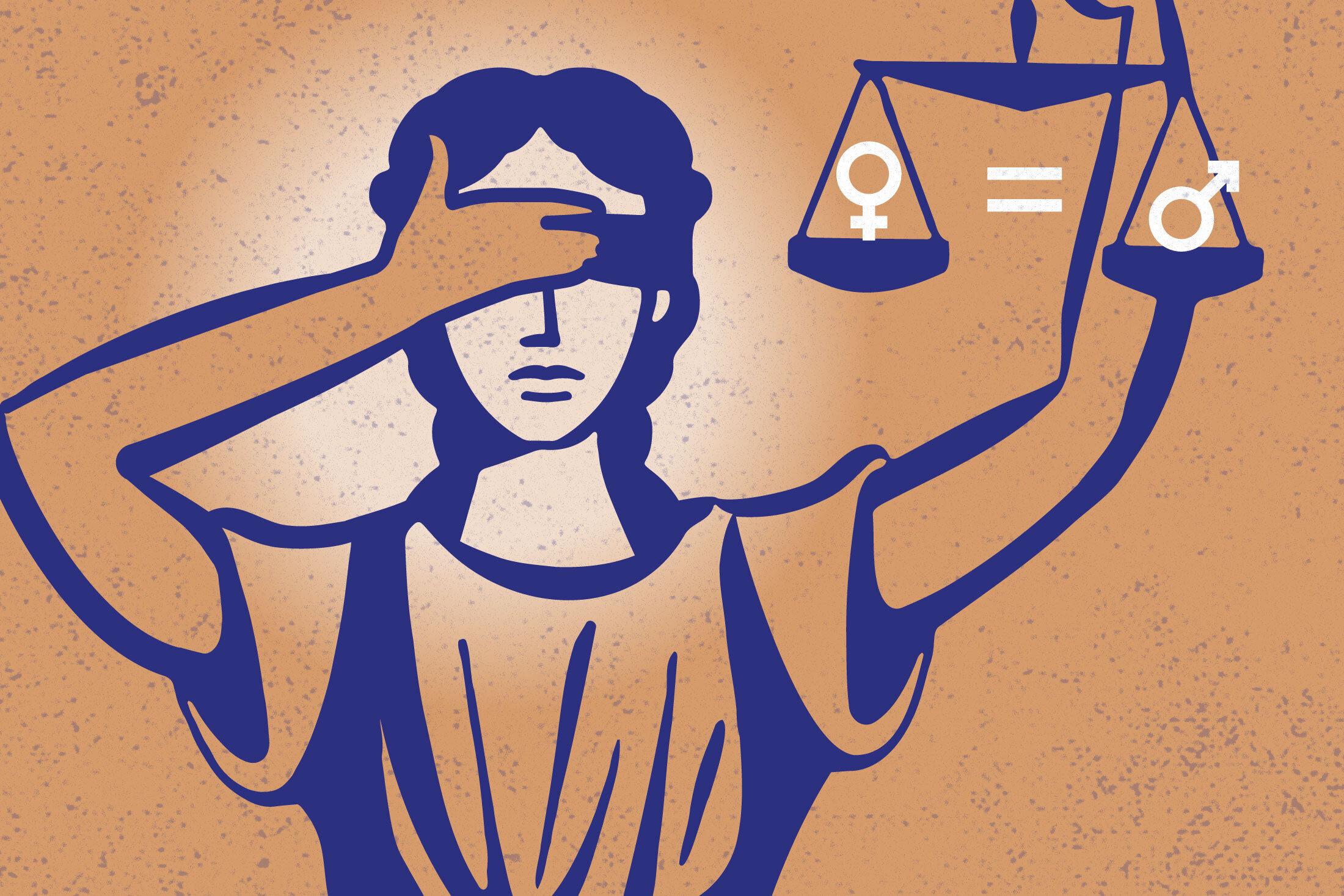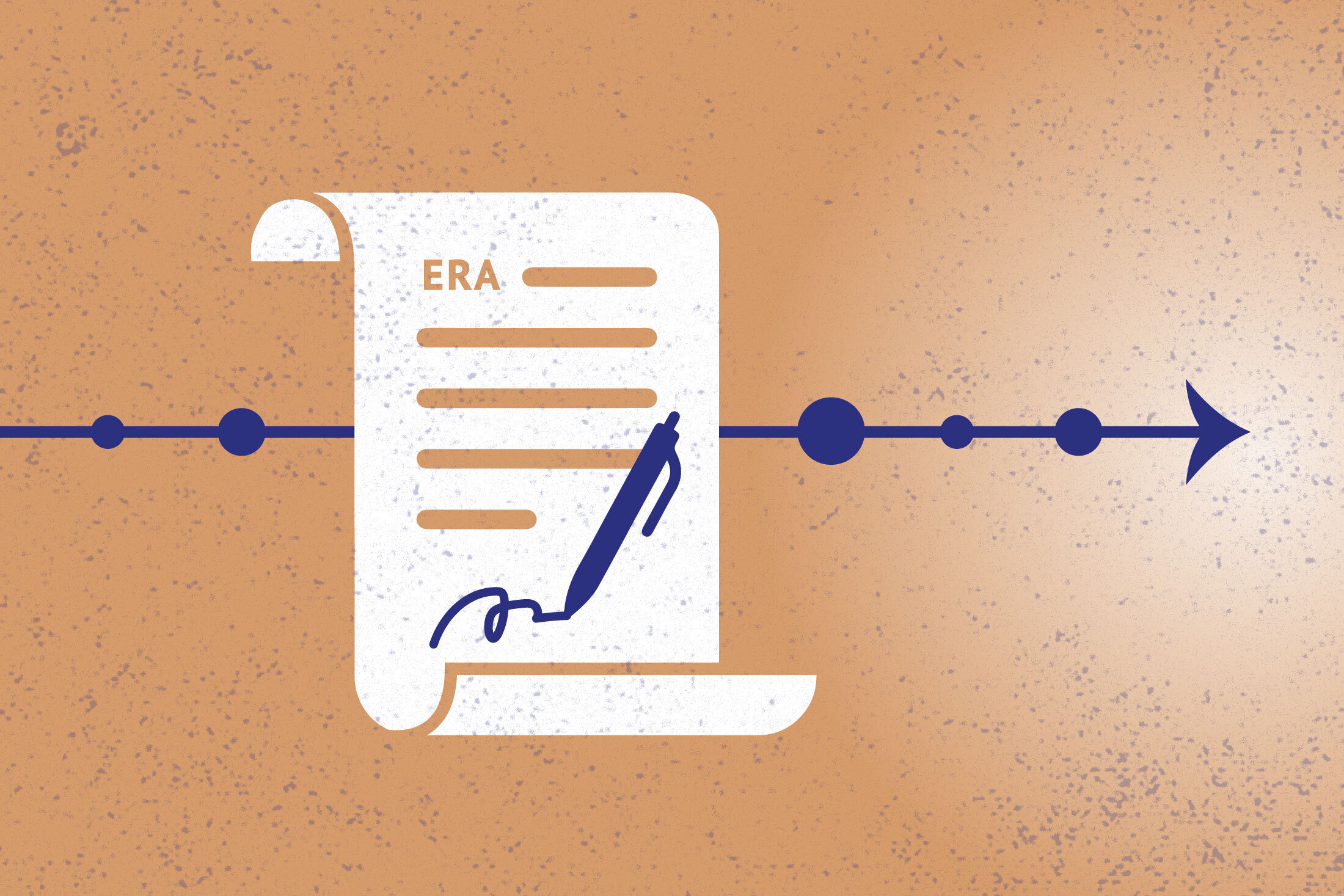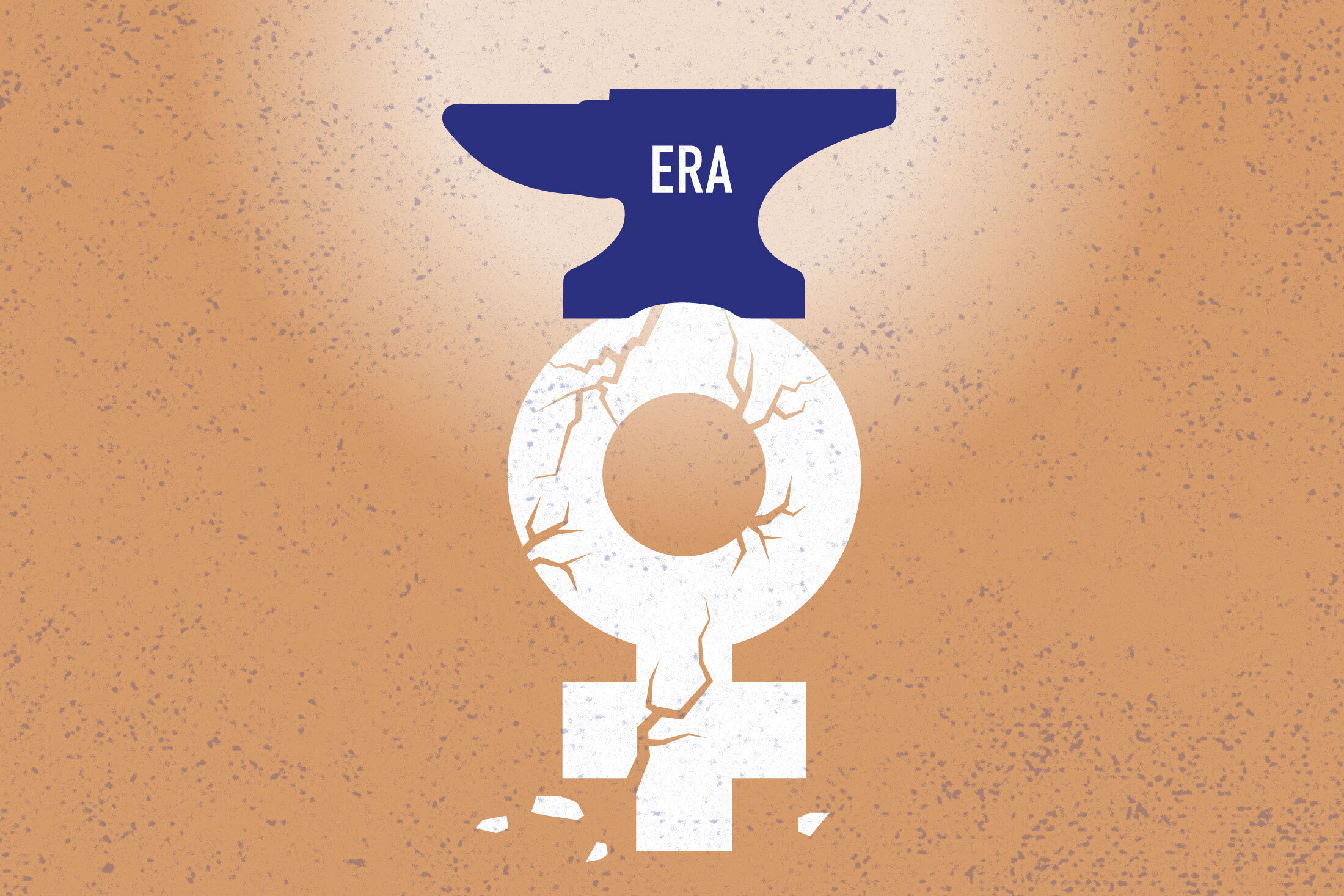The History of the ERA and What We Should Learn From It
What earlier women’s rights activists can teach us.
“The chief conflict between those who support the Equal Rights Amendment and those of us who oppose it, is not whether women should be discriminated against, but what constitutes a discrimination. We, who want equal opportunities, equal pay for equal work and equal status for women, know that frequently we obtain real equality through a difference in treatment, rather than identity in treatment.”
In 1921, women’s rights activists had just won the right to vote but were afforded few other legal protections. Naturally, the Equal Rights Amendment (ERA) seemed like the next logical step to advance women’s rights. However, while first-wave feminists agreed that there was still much to be done in order to achieve liberation for women; there was much disagreement about the best way to get there.
The ERA was controversial from the beginning—Its author, Alice Paul, fiercely advocated for full, “mathematical” equality between women and men, and believed that a Constitutional amendment was the only way to achieve this.
Alice and her supporters were met with strong opposition, particularly from working-class women who feared that the amendment would be used to strip away the protections that they had fought so hard for and only recently won. These dissenting women, including the director of the newly established Women’s Bureau Mary Anderson, believed that women would benefit more from further “discriminatory” laws, such as safety regulations and maternity provisions.
In the following decade, Franklin D. Roosevelt’s New Deal legislation brought workplace protections for both women and men, largely thanks to First Lady Eleanor Roosevelt who was an opponent of the ERA. “Women are different from men,” she wrote in her 1933 book, It’s Up to the Women. “They are equal in many ways but they cannot refuse to acknowledge their differences.” Eleanor Roosevelt sided with labor activists on the issue, but wanted to ensure government protection for working-class women.
Other opponents of the ERA included the American Federation of Labor, the League of Women Voters, the American Association of University Women, the Young Women’s Christian Association, the American Federation of Teachers, the American Nurses Association, and the National Councils of Jewish, Catholic, and Negro Women. Most northern Democrats opposed the amendment, while southern Democrats and Republicans tended to support it. The ACLU wrote in their 1955 annual report:
[T]he ACLU has not found differential laws discriminatory (as opposed to laws calling for mathematical equality), if the classification of individuals is reasonable and results in true equality, as opposed to mathematical exact equality.
For many years the Union has been urged to support the so-called "Equal Rights" Amendment which reads: "Equality of rights under the law shall not be denied or abridged by the United States or by any State on account of sex." But the ACLU has not given that support and has in fact opposed the Amendment because: 1--the language of the proposal might well freeze mathematical equality into our Constitution and stand in the way of or overrule desirable differential legislation, and 2--the scope of the Amendment, limited to rights under law, is not broad enough to warrant so fundamental a business as changing our Constitution.
The ACLU believes that the above objections are substantial in the light of the history of women's position in society.
In the 1950s, Arizona senator Carl Hayden introduced a provision known as the “Hayden rider,” which added a sentence to the amendment to keep special protections for women: "The provisions of this article shall not be construed to impair any rights, benefits, or exemptions now or hereafter conferred by law upon persons of the female sex." Ironically, this increased support for the ERA among its original opponents, but dismayed its supporters because they felt that the rider negated the amendment’s original purpose. The ERA passed the Senate with the rider, but failed to pass in the House.
The 1960s brought social change of all kinds, including the Equal Pay Act and Title VII of the Civil Rights Act. Title VII covered labor rights for women, which caused many Democrats and left-wing organizations, such as the ACLU, to change their stance on the ERA and endorse it. However, some labor activists, like Myra Wolfgang, continued to oppose the amendment. Wolfgang voiced her opposition to the ERA in her testimony to Congress in 1970:
Now, if one of the major and fundamental roles of government is this equalizing one, then the adoption of the so-called Equal Rights Amendment will negate this same equalizing function under the guise of broadening it. The Equal Rights Amendment will invalidate all the legislation, hundreds of pieces of it, which has been adopted over the last 100 years which were passed to permit a semblance of equality which had been denied women down through the ages.
As the momentum of second-wave feminism continued to build, the National Organization for Women (NOW) was founded and the ERA once again became a primary talking point for feminists after its endorsement from NOW. Support for the amendment continued to increase, and in 1970, it was brought to the House floor for the first time in 15 years. It was passed in the House and continued to the Senate, but the 91st Congress ended before it could be passed. It was reintroduced the following year and eventually passed both houses in 1972.
The amendment then needed to be ratified by three-fourths (38) of state legislatures within seven years. By the 1979 deadline, only 35 states had ratified the ERA, and five states had rescinded their ratifications. Congress voted to extend the deadline by three years but no additional states ratified it within that time frame. In recent years, three more states have ratified the amendment, but there is disagreement about: 1) whether these ratifications should still count since they took place after the deadline, and 2) whether the five rescissions of prior ratifications are valid.
Phyllis Schlafly, a conservative activist, is credited as having a key role in the defeat of the amendment. She organized fierce opposition to the ERA and famously argued that the amendment would lead to women being drafted by the military and to public unisex bathrooms. At the time, this was considered fanciful by some. Now, women-only facilities have become so endangered that it seems reasonable today for Inez Feltscher Stepman to ask if female-only prison accommodations could survive judicial scrutiny under the ERA.
Today, there are two potential paths available for the ERA to be ratified. The first path is the “three-state strategy,” which aims to remove the time limit originally added to the amendment. Since 38 states have voted for ratification, some legal scholars think a removal of the time limit would cause the ERA to be ratified. The second path is the “begin anew strategy.” Like the name suggests, proponents of this strategy argue that the best way for the ERA to become law is to start all over, with Congress passing the amendment’s legislation again and sending it to the state legislatures. Bills in support of both strategies have been introduced to Congress in recent years.
Justice Ruth Bader Ginsburg, who had previously said that she would like to see the ERA passed for symbolic reasons, told an audience at Georgetown Law last year, "I'd like it to start over. There's too much controversy about latecomers."
Learn More About Why WoLF Opposes the ERA
This article is part of a series of posts on the feminist argument against the ERA






